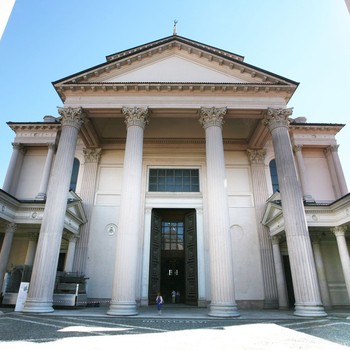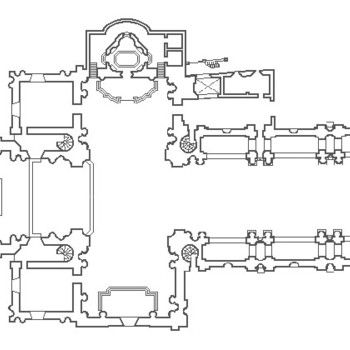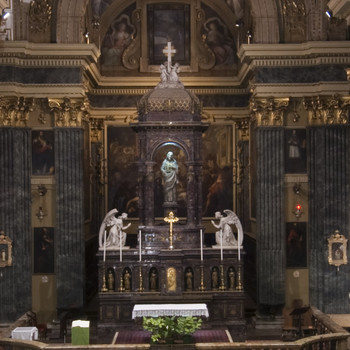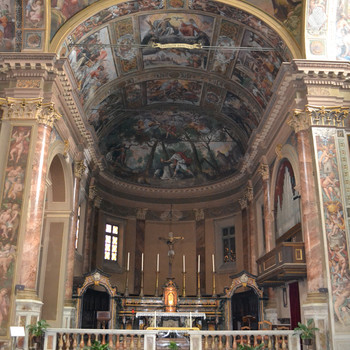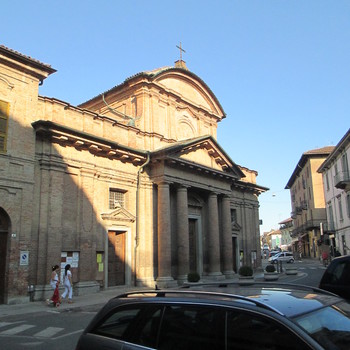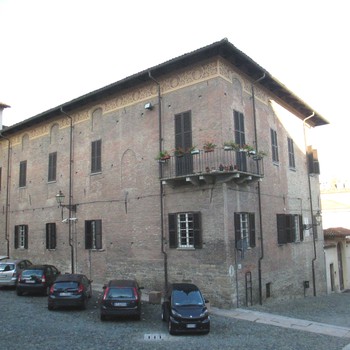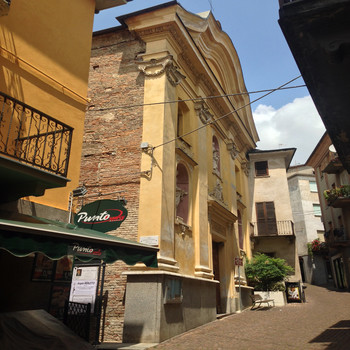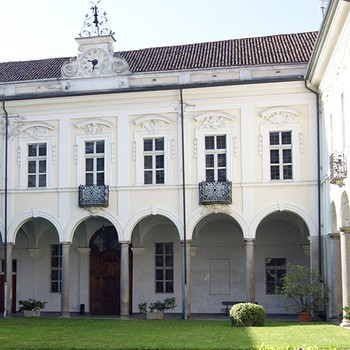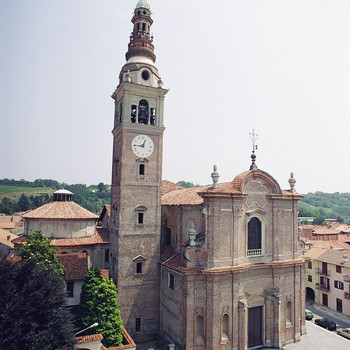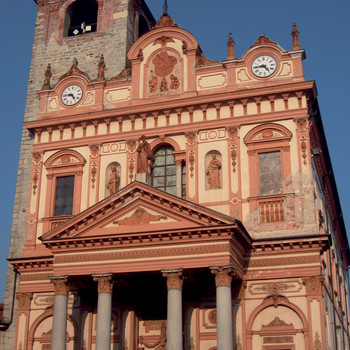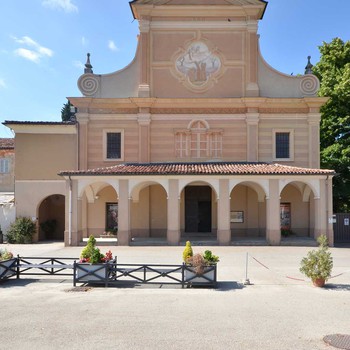Saint Charles Borromeo: the figurative arts and religious politics
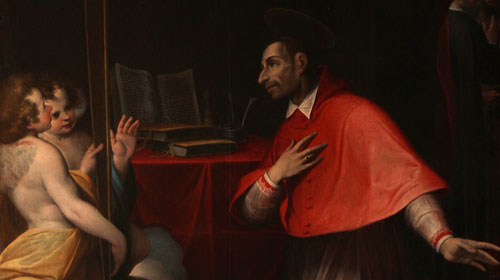
Saint Charles Borromeo was a key figure not only for Milan, Lombardy and eastern Piedmont: he also pursued a religious policy in fine art that was the logical outcome of the resolutions of the Council of Trent. The Council decreed upon art in a relative way but the general indications developed into models and rules for artistic production The example of the shape of a church was a case in point as the Renaissance’s cosmological vision considered a central plan (inscribed in a circle and a square, like Leonardo’s Vitruvian Man) as the achievement of artistic perfection and Saint Peter’s itself was initially designed with a Greek plan. Many Madonna di Campagna churches survive, including that of Varallo, as evidence of this quest, set aside by the Counter-Reformation precepts that imposed the Latin-cross church in which the altar was placed under the dome at the crossing of a long nave and the transept. The colossal San Carlone statue (the tallest before the Statue of Liberty was built) continues to testify to Borromeo’s success.



